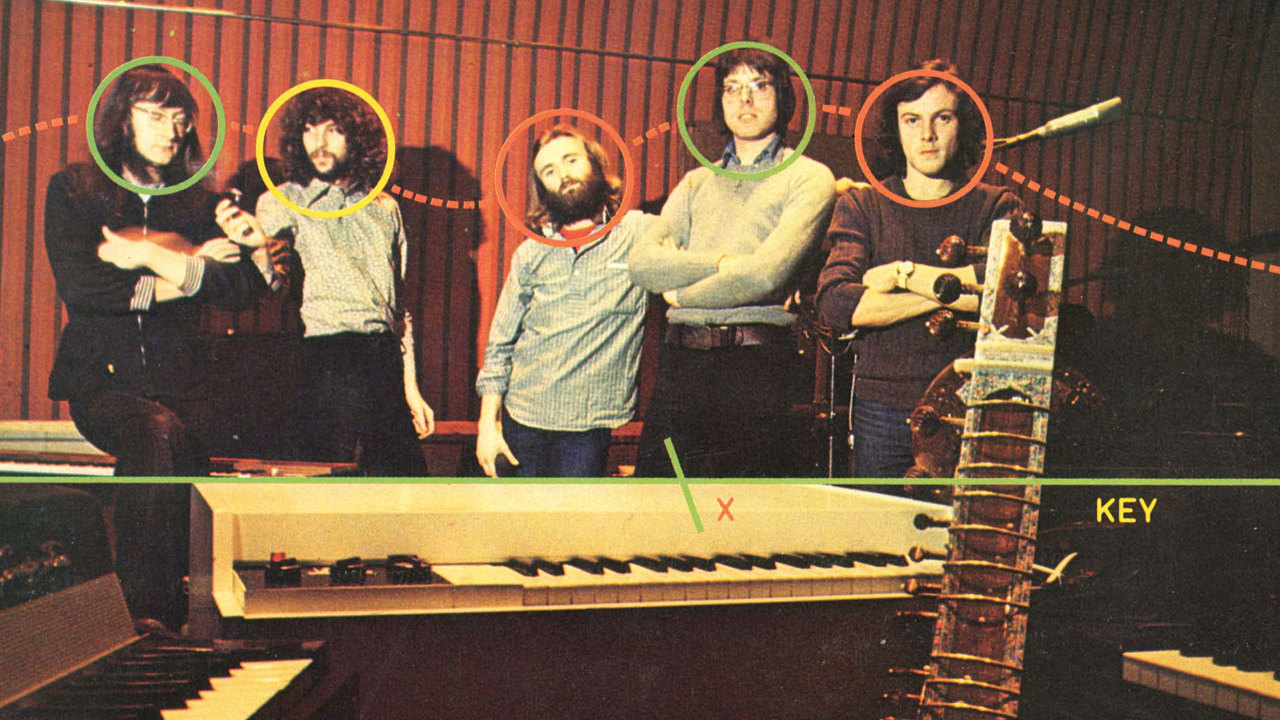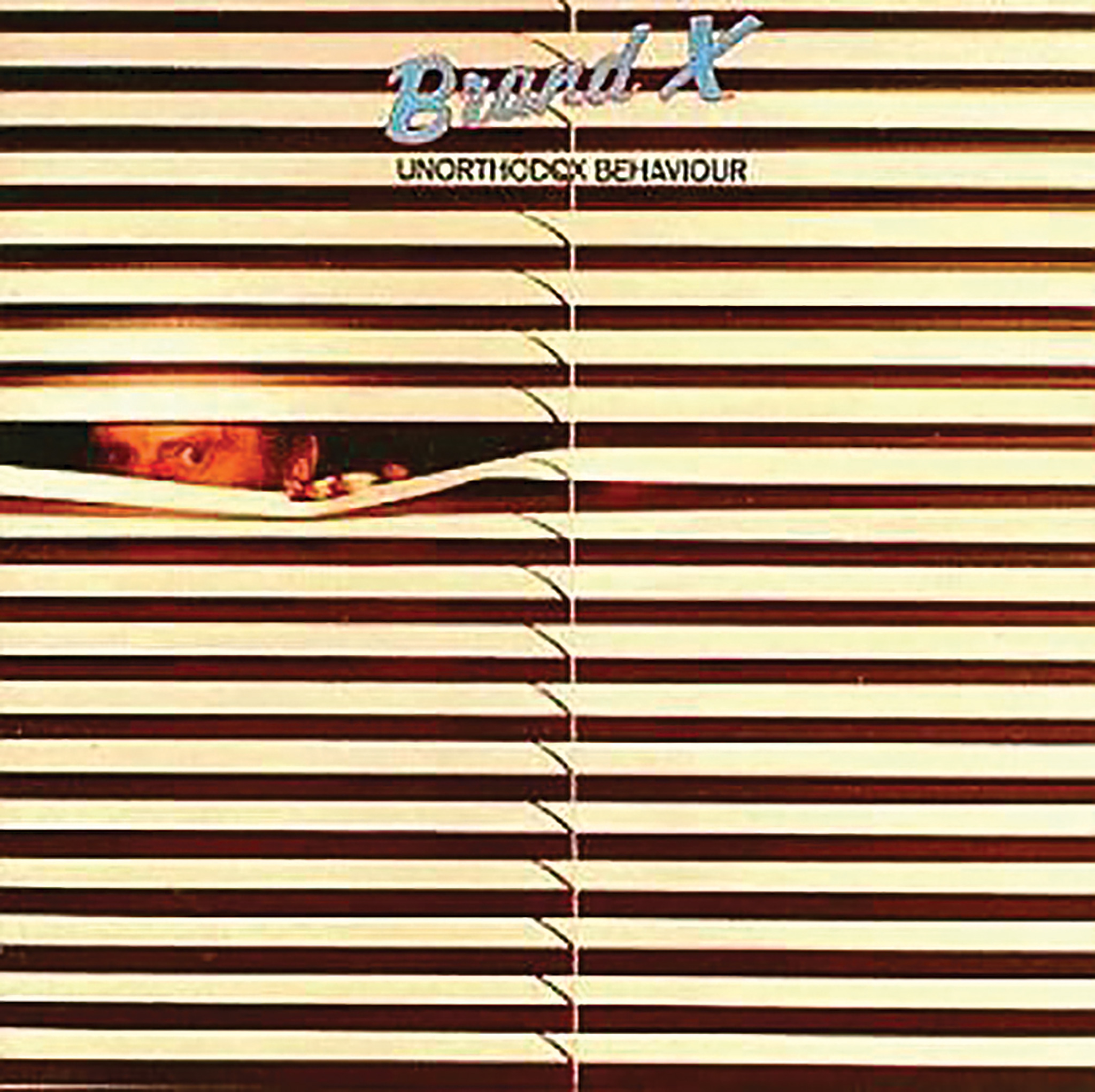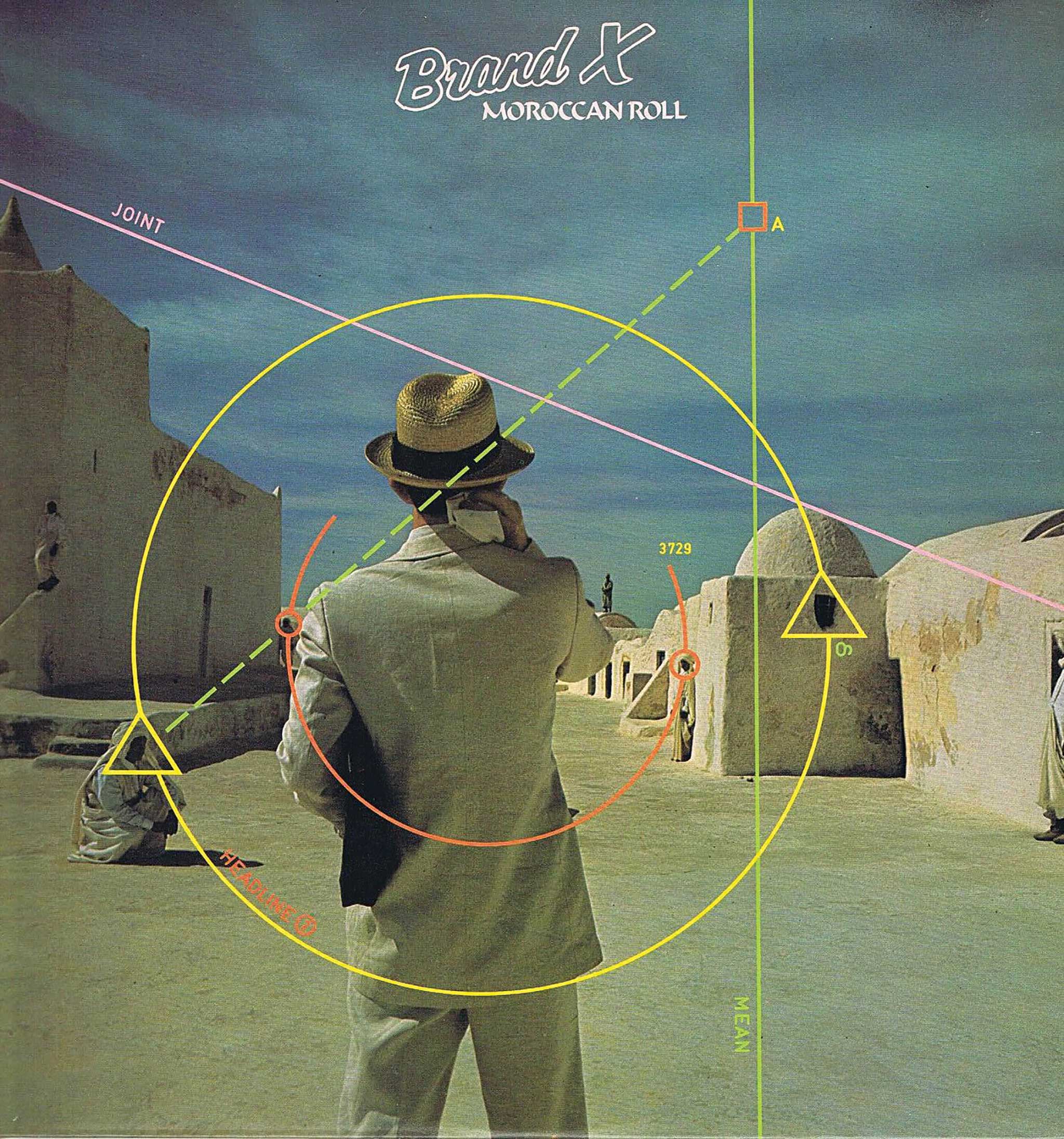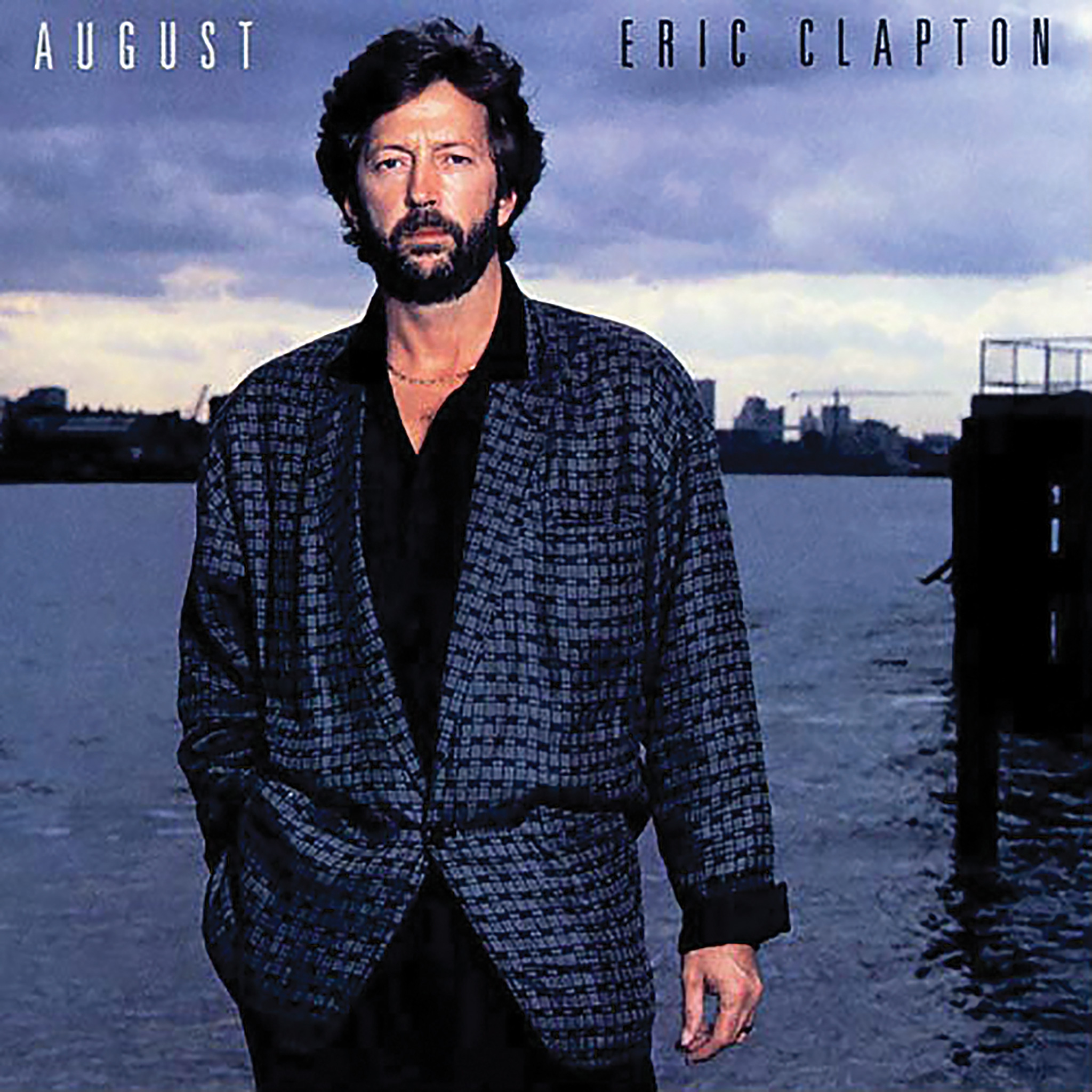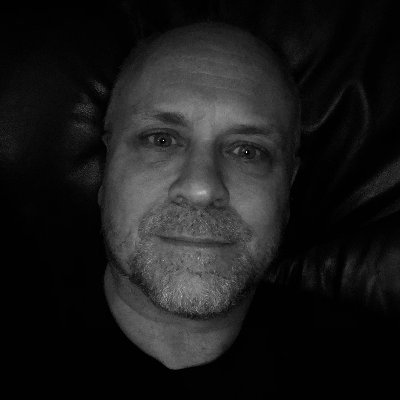When Phil Collins played on Robert Plant’s early solo albums Pictures At Eleven and The Principle Of Moments, he was given strict instructions. Any time he played anything too fancy, Plant would pull him up and insist he didn’t want to hear “any of that knitting”.
Plant likened Collins’ tricky flourishes to somebody frantically knitting a pullover. Collins wasn’t averse to a bit of ‘knitting’ in Genesis, but his jazz-fusion side project Brand X suggests he was using several balls of wool at once. “Brand X was great fun to play with, not so much fun to listen to,” he says now.
Brand X started in 1975 as a soul jazz group based around three session musos: bassist Percy Jones, keyboard player Robin Lumley and guitarist John Goodsall. They signed to Island but after deciding their early demos sounded too much like the Average White Band, moved closer to the sound of jazz rock godheads Weather Report and the Mahavishnu Orchestra.
When Collins joined Brand X, he regarded them as a ‘hobby group’, a bit of light relief after Genesis. But as always, he threw himself into the project, somehow finding time to make Brand X albums in-between recording and touring with Genesis.
Brand X was great fun to play with, not so much fun to listen to.
Brand X’s debut album, Unorthodox Behaviour, emerged in the summer of 1976, followed less than a year later by Moroccan Roll. Collins isn’t so fond of the debut. “But Moroccan Roll was a good album – although there was still a lot of what I call ‘dodging bullets’ going on,” he suggests. “The way we played was full of gunfire – bang! Bang! Bang!”
It was. Brand X’s music was almost entirely instrumental, and ablaze with paradiddles, rimshots, burbling basslines and buzzing guitar solos. The Cadbury’s gorilla of In The Air Tonight fame would have struggled to master the fancy drum patterns on Euthanasia Waltz, Smacks Of Euphoric Hysteria or Why Should I Lend You Mine (When You’ve Broken Yours Off Already).
Collins described the ensemble’s relentless, frantic approach as ‘Daz rock’, after the washing powder’s resemblance to amphetamine sulphate and other Class A substances.
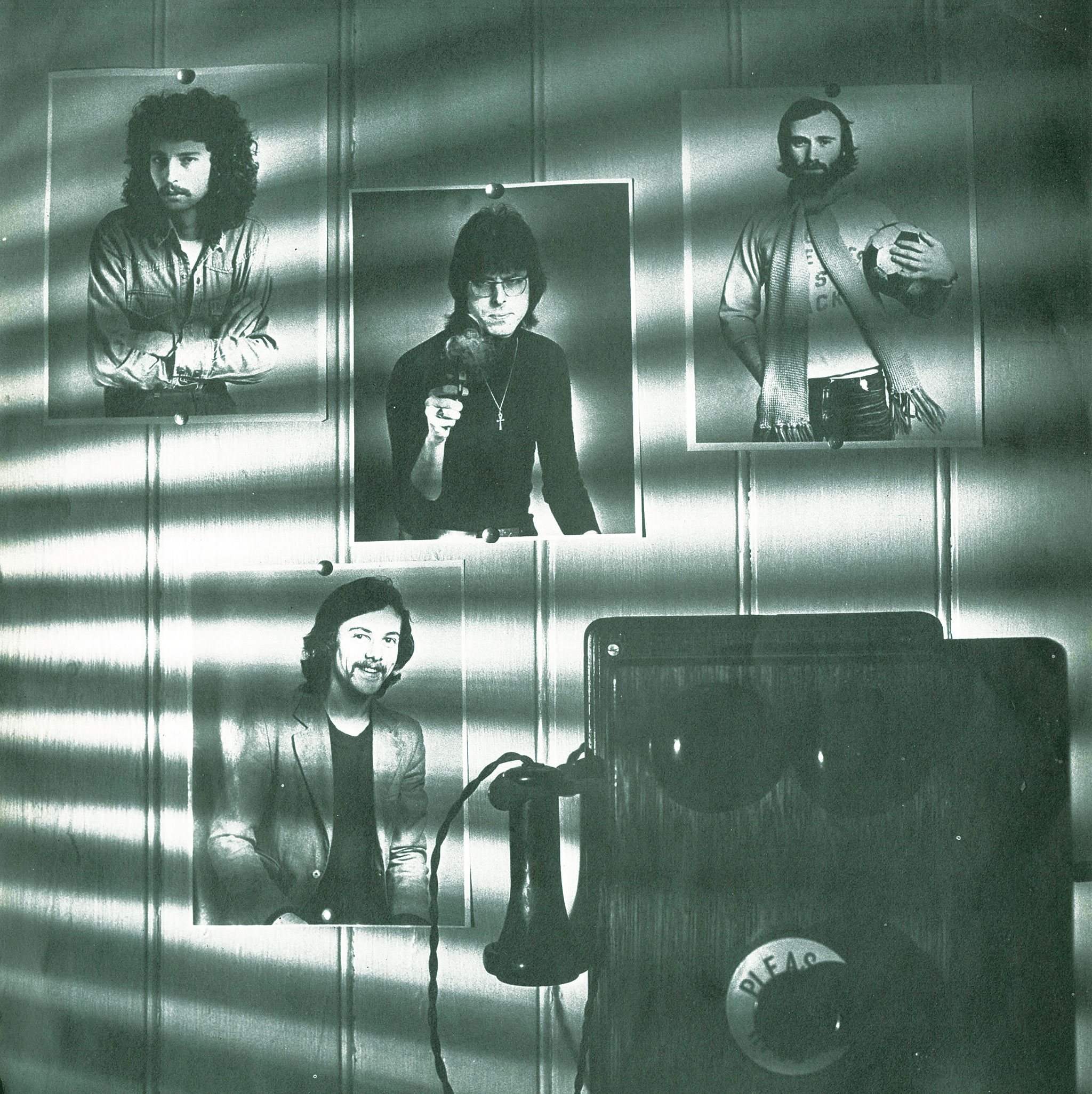
When Collins converted a couple of bedrooms in his ex-marital home into makeshift studios, Brand X moved in. It was a jazz-fusion ‘sleepover’ – without the sleep. “There was a ‘day band’ and a ‘night band’, and John Goodsall played in both – I’ll say no more,” Collins grins. “I played in the ‘day band’, but the studio wasn’t soundproofed. It was a crazy time – Genesis, Brand X, Face Value…
“I’m doing this book now and looking back at the chronology, I think, ‘God, was I away for that long?’ I went away, came back for two weeks, back in the studio, and then away again. How did I find the time for all this?”
Collins worked on and off with Brand X until the early 1980s. By then, though, he’d also played on albums by – deep breath – Brian Eno, Steve Hackett, Mike Oldfield, Peter Gabriel, Robert Fripp, Thin Lizzy, John Martyn… the list goes on. “No wonder I got divorced,” he sighs. “This explains it.”
It was John Martyn who introduced Collins to Eric Clapton, which led to Collins’ first high-profile production job – though when the pair started drinking together in Guildford, the blues guitar hero didn’t even have a clue who Collins was.
“Eric didn’t know Genesis – that wasn’t his scene,” explains Collins. “When [Clapton’s wife] Pattie [Boyd] took him to see us at Hammersmith, he said, ‘Oh right, this is the bloke from the pub?’ Eric was drinking a lot at the time…”
In 1984, Clapton asked Collins to produce his next album. He agreed, but it would be a steep learning curve. “In Genesis, the record company left us alone. I realised that was a rare thing when I worked with Eric.”
Collins encouraged Clapton to write the songs he wanted to write. “I thought his previous albums had been a bit lazy and I wanted him to find his voice again,” he recalls.
The pair delivered the finished album, 1985’s Behind The Sun, only for Clapton’s manager to take Collins aside. “He said, ‘Bad news, we’re going to LA to record a few more songs and you ain’t coming.’”
Clapton’s label, Warner, were unhappy with the lack of guitar solos and wanted some hits.
When Clapton re-hired Collins to work on the follow-up, 1986’s August, Atlantic insisted on also hiring veteran producer Tom Dowd, whose credits included Ray Charles. “Working with Tom was a thrill for me,” says Collins. But the experience again made him realise how much freedom he had with Genesis. “I remember a quote from Warners in America, who said to Eric, ‘You are in the marketplace with Duran Duran now.’ And it was true.”
By the mid-80s, though, Collins had entered that same marketplace, and was a bona-fide, Armani-clad pop star, with an album, No Jacket Required, at No.1 in 11 countries.
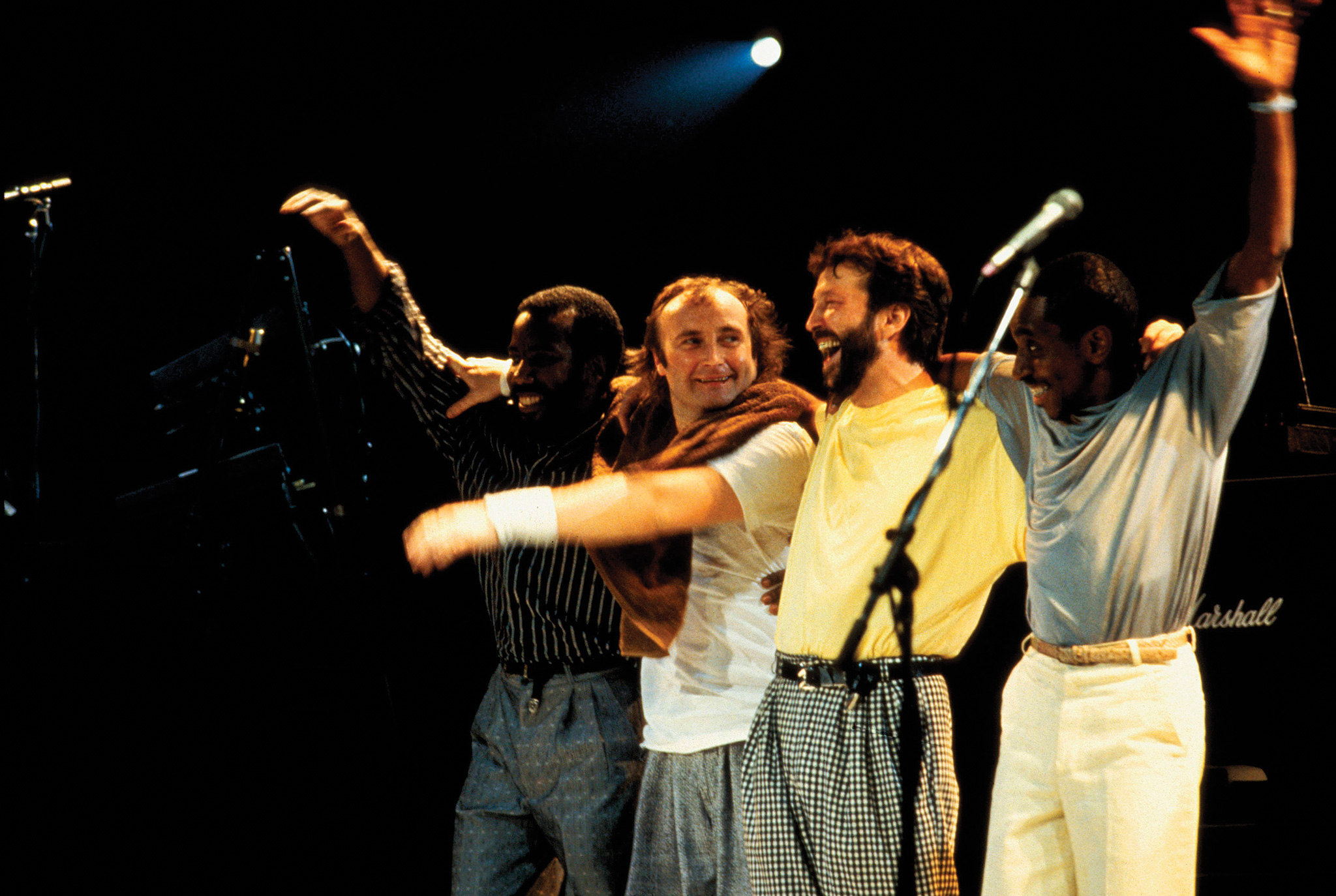
Such was Collins’ ubiquity in the 80s that when he performed at Live Aid at Wembley Stadium and then hopped on Concorde to play with a reformed Led Zeppelin in Philadelphia, no one batted an eyelid. It just seemed like a very Phil Collins thing to do.
You sense now, though, that all these collaborations are less attributable to Collins’ ego and desire to impose himself on the world than to his great passion for music. “Becoming a solo artist happened to me when I was already in my 30s,” he says, “I think it helped as it kept me grounded.”
But it also gave him the opportunity to work with musicians he’d admired, in some cases since the 60s and early 70s. Who can blame him for spreading himself a bit thin?
By the 90s, Collins had slowed down. Later, his third marriage and a new family took precedence over music. In 2014, he looked back on his time as a pop star and told The Daily Telegraph: “It’s hardly surprising that people grew to hate me. I’m sorry I was so successful. I honestly didn’t mean it to happen like that.”
In 2016, perhaps, it’s time not just to reappraise Collins the solo artist, but also Collins the muso. The designer‑suited, No Jacket Required-era Phil Collins certainly deserves respect. But let’s salute the ‘other’ Phil Collins, the one with the fisherman’s beard, tank top and beanie hat causing a frontal-lobe headache with those mind-boggling time signatures. Time for a Brand X reunion? Knitting needles and Daz at the ready.
